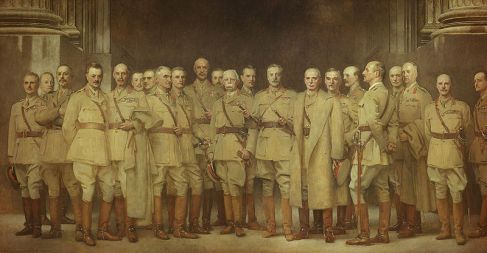There is only one thing more depressing than England’s performance on the second day of the final Test in Sidney – which was excruciating to watch. It is the speed with which the Establishment has battened down the hatches, with the Chief Executive of the ECB, David Collier, giving Sky Sports News the astonishingly premature comment, “”We look forward to both Alastair and Andy leading us to success in the future.”
The difference between the on field teams has been their differing capacities to learn and adapt. Lehmann has rightly applauded his side’s flexibility and competence in responding to game circumstances and conditions.
In Camp England and Wales, the top of the Board is proving its inability to consider change in the face of a calamitous performance by their selectors and the counter-productive culture which now surrounds the team, the development squads and their support staff.
Potential talent is being squandered, existing talent abused.
The ending of Andy Flower’s present contract allows the usual post tour review to benefit from having few no closed options. But Collier has said, again, with unthinking haste, “We are not going to do a review of that nature, but we will do a full debrief and learn the lessons that we need to learn from this tour.”
This, within hours of stepping off the plane and without allowing the new Managing Director, Paul Downton, (Effective 1st February) more than the briefest glimpse of what has been going on. Downton is a former England cricketer, a decent mind, a likeable fellow and, all had hoped, not a push over.
Here is what Collier said, under the BBC heading, ECB chief David Collier backs Andy Flower to continue.
“We look forward to both Alastair and Andy leading us to success in the future,”
“We need that experience,” he said. “When you go through a transitional period you need somebody with knowledge, somebody who knows our system, somebody who works with all of our key coaches.
“Andy has all of those attributes and more. I’m sure he’ll do a great job leading us into 2015.”
Of course, these are equally valid reasons for not having the person who oversaw a premature perhaps an unnecessary and unplanned period of transition.
The decisions to pick both Swann and Trott exposed the weakness of other selections. The absence of a fully fit holding spinner and the selection of Tremlett, both for the tour and in the first Test, exposed one of England’s great assets, Jimmy Anderson and to a lesser extent Stuart Broad, to unnecessary fatigue and punishment. Broad’s impact in the first innings of the series has not been repeated.
The ensuing pandemonium within the camp has given Stokes an opportunity to accelerate his development, but the damage it may have done to Carberry, Root, Bothwick and perhaps Ballance has jeopardised the managed development of these talents. And who knows how many more. Here in this series, England Lions have been sent like Kitchener’s New Army into their version of the Somme.
Establishments are the enemies of adaption. They stand for closed minds, closed imaginations and closed options. This unplanned and frankly chaotic transition is being used to justify the retention, unexamined, of those who caused the chaos. Seldom do such efforts delay for long the irresistibility of change. But a lot of damage can be done in the meantime.
* young people now use the word chief in a very different sense to their eleders 😉







